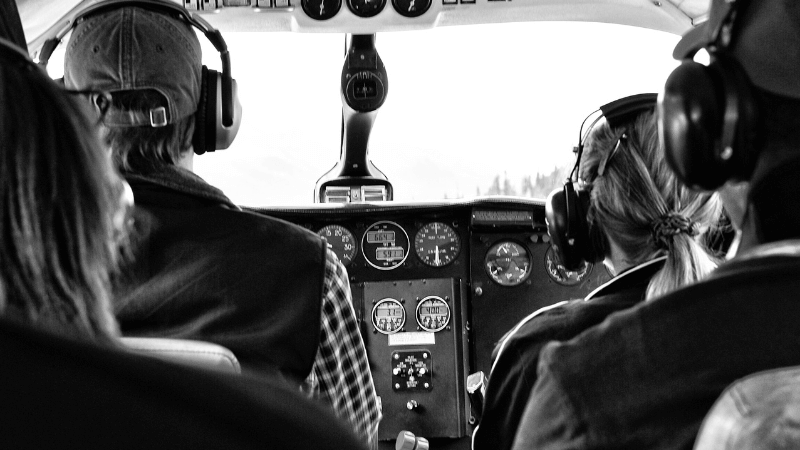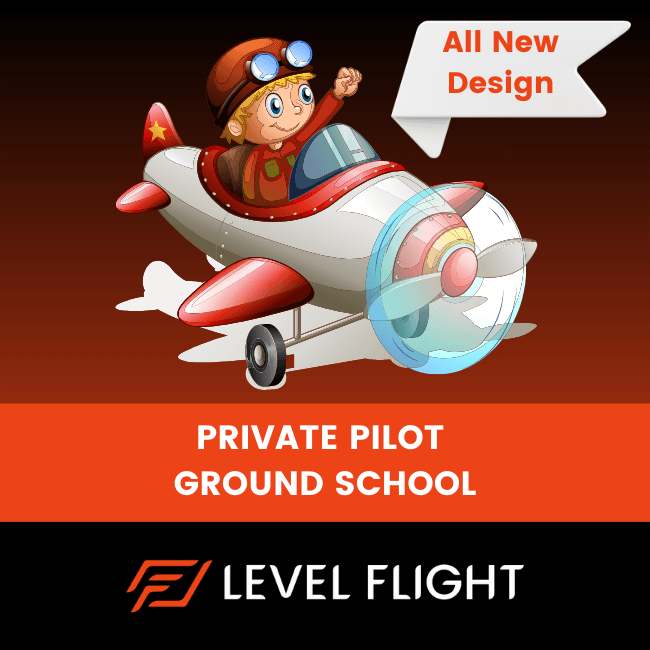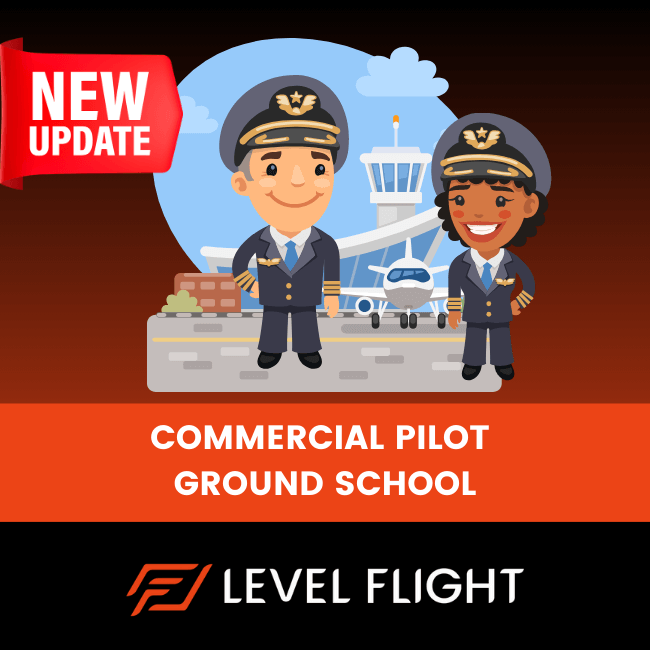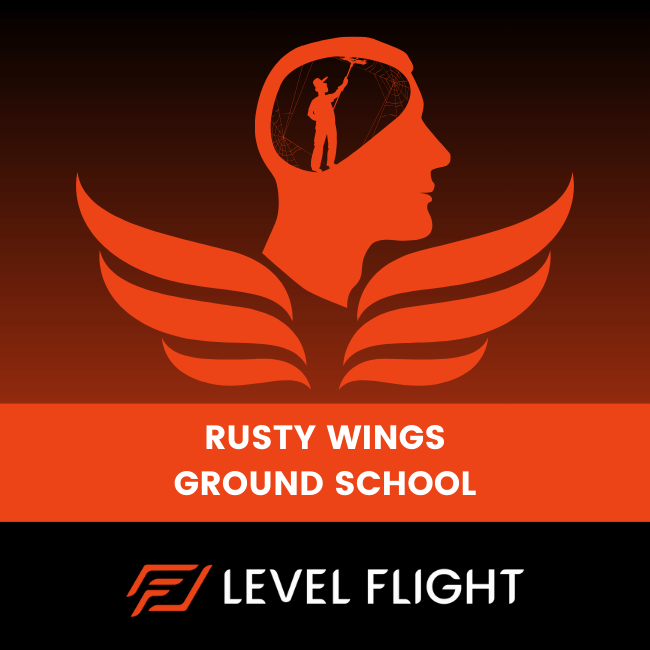
Flying is a thrilling and rewarding experience but comes with a great deal of responsibility. As a pilot, ensuring the safety of yourself, your passengers, and those on the ground is of paramount importance. To become a safer pilot, you need to continuously improve your skills, knowledge, and decision-making abilities. In this blog, we'll explore four key ways to enhance your safety as a pilot.
Invest in Ongoing Pilot Training
One of the most effective ways to become a safer pilot is to invest in ongoing pilot training. Flying is an ever-evolving field with advancements in technology and changes in regulations. To stay current and proficient, consider the following:
Recurrent Training: Regularly participate in recurrent training sessions with a certified flight instructor as part of your flight training. These sessions help you stay sharp and reinforce essential skills. Professional pilots are regulated to undergo recurrent training every 6 months to a year. Not only do they fly a lot, but they are always training. There’s no mystery that commercial aviation is considered one of the safest modes of travel in the modern world. As a recreational pilot, ask yourself, how often do I get to fly? Or, when was the last time I underwent some recurrent pilot training?
Ground School: Enroll in ground school courses as a crucial component of pilot training. These courses provide a solid foundation of aeronautical knowledge that enhances your understanding of aviation principles. Pilots are naturally hands-on creatures. We tend to think that only our skills degrade over time. When was the last time you studied your weather theory? Do you remember the stages of a thunderstorm? Staying sharp on your knowledge can greatly improve your overall safety.
Advanced Ratings: Pursuing advanced ratings, such as an instrument rating, multi-engine rating, or a commercial pilot license, can improve your knowledge and flying abilities, making you a more versatile and safer pilot. Just because you don’t intend to fly professionally, or maybe even in the clouds, taking this advanced training can only put more tools in your toolbox to make you a safer pilot.
Prioritize Risk Management and Decision Making
Safe piloting is not just about technical skills; it also involves effective risk management and decision-making. Here are some strategies to consider:
Pre-flight Planning: Develop a comprehensive pre-flight checklist during your flight training, including weather analysis, route planning, fuel calculations, and alternate airports. Always have a backup plan in case conditions deteriorate.
Decision-Making Tools: Familiarize yourself with tools like the DECIDE model, which can help you make informed decisions when facing uncertain or challenging situations.
Crew Resource Management (CRM): If you're flying with a crew or passengers during flight school, implement CRM techniques to encourage effective communication and teamwork, reducing the likelihood of human error. Remember, CRM is absolutely not reserved for professional pilots.
Threat and Error Management (TEM): Take the time to identify potential threats to aviation safety. Be sure to consider all phases of the flight, from planning all the way through parking. After identifying the threats, consider some mitigation strategies to avoid the threat. Also, consider potential errors that you could make and come up with some strategies to trap them. A checklist is a great tool for this when used properly.
Focus on Aircraft Maintenance and Inspections
Aircraft maintenance is crucial to ensuring a safe flying experience. Regular inspections and maintenance checks are your first line of defence against mechanical failures. Here's what you should do:
Follow the Maintenance Schedule: Adhere to your aircraft's recommended maintenance schedule, which includes regular inspections, oil changes, and component replacements.
Pre-flight Inspections: Conduct thorough pre-flight inspections before each flight to identify and address any potential issues, a skill with a foundation built during your flight training.
Trust Qualified Mechanics: Choose qualified and certified maintenance technicians to service your aircraft, and don't cut corners when it comes to safety.
Stay Current with Regulations and Safety Trends
Regulations and safety trends are continuously evolving, so it's essential to stay informed. Here's how you can do that:
Subscribe to Aviation Magazines and Newsletters: Subscribe to aviation publications and newsletters that cover the latest industry news, safety regulations, and best practices, which often include insights on pilot training and flight schools. Sign up for the Level Flight Newsletter now.
Join Aviation Associations: Join aviation associations and organizations that provide resources, safety guidelines, and networking opportunities with experienced pilots.
Attend Safety Workshops and Conferences: Participate in aviation safety workshops, conferences, and webinars to learn from experts and keep up with industry changes.
Safety Should Be Every Pilot's Priority
Becoming a safer pilot is an ongoing journey that requires a commitment to continuous pilot training and a vigilant attitude toward safety. By investing in continuous learning, practicing effective decision-making, maintaining your aircraft, and staying current with regulations and safety trends, you can ensure that you are well-prepared to enjoy the wonders of flight while prioritizing the safety of yourself and those you fly with. Remember, safety should always be your top priority in the world of aviation.
Need a refresh on your ground school concepts? Take our Rusty Wings course or sign up for an advanced course such as the Commercial Pilot Ground School. The team at Level Flight is ready to support your learning; contact us today by filling out the contact form below.
FAQ's
Yes! All of our courses come with standard support which includes easy access to professional help. Methods of accessing support include:
- In-portal messaging
- Website support request form
- In-portal Discussion groups
Completing ground school online does not mean learning alone. Pilot training is a team effort and we're here to support you!
It sounds like a difficult process to become a pilot. Truth is, it's fairly straight forward and you are guided every step of the way. Refer to the following links to learn about the process to become a pilot and the various licenses and ratings. Included in the links is our articles page which is always updated with new content that can answer more of your questions.
To answer this we need to know what kind of pilot do you want to be. Do you want to be a private pilot and fly recreationally? Or do you want to be a commercial pilot and fly for hire? One thing to note is that flight training can be a variable cost that is dependent on each specific person's rate of progress. Be wary of anyone that will give you a solid low price figure as it may be based on an absolute best-case scenario and not average statistics. Check out the link below and click on each license and rating to learn more about the specific costs and requirements. Each one is listed in the typical order in which you might obtain them.
Generally speaking, a pilot will spend anywhere from approximately $12,000 to $100,000 to become a pilot depending on what kind of pilot they want to be. Note that ground school is the cheapest part of the flight training experience. The actual flying part of the training is where the big money is spent. Flight schools roughly charge an average of $200/hr for each flight.
Take Flight Now
Level Flight is Canada’s best online ground school. It is our mandate to provide higher quality, more engaging training for Canadian Student Pilots. If you are seeking the exhilarating freedom of flight for a hobby or with aspirations of a career in the skies, Level Flight offers the best ground school experience available. Sign up for our online learning platform now and discover the adventure that awaits you at Level Flight.
By submitting this form, you opt-in and give expressed consent to receiving SMS / text messages, calls, and emails from us for the purposes of communication related to your inquiry or related to the products and or services we provide.




